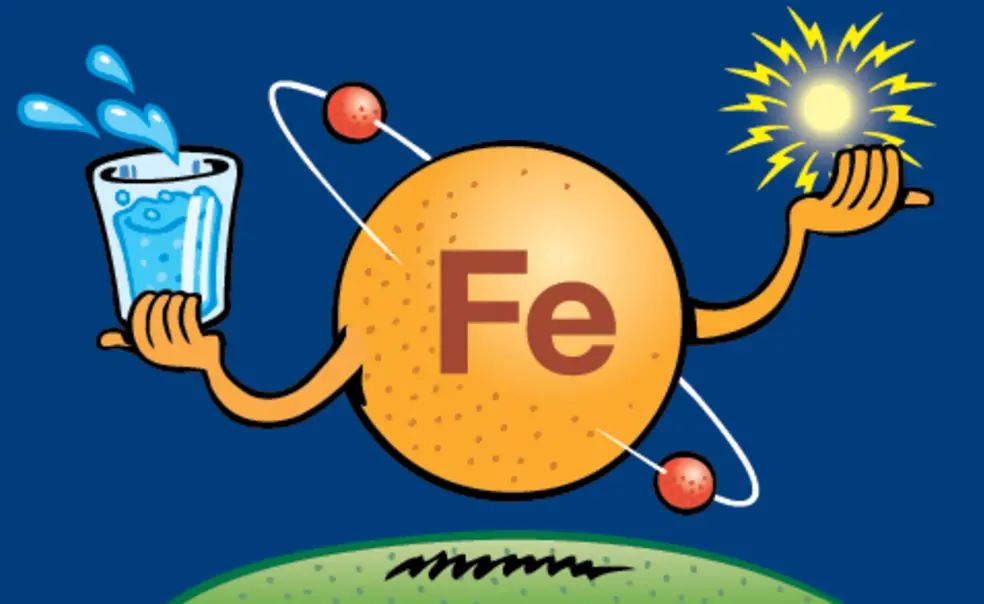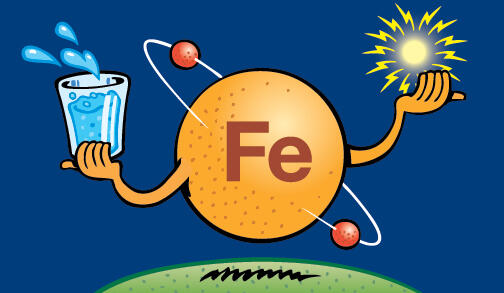BREAKING GROUND: Opening the way to hydrogen fuel
WATER INTO ENERGY Hydrogen is high in energy and produces little pollution when burned. Converting water into hydrogen using electricity from solar or wind power could be an attractive way to create clean energy to power everything from cars to industrial plants. But the electrochemical conversion process of water to hydrogen so far has proved inefficient and expensive. A major hurdle is the lack of an efficient and stable component, called a catalyst, that can drive the reaction without being poisoned by the oxygen in the environment. A catalyst that is practical and inexpensive to produce in large amounts could provide a way to store and use energy without the need to rely on fossil fuels.
TAKING A CUE FROM NATURE Chemistry professor Annabella Selloni, along with colleagues at the Princeton Institute for the Science and Technology of Materials and at Rutgers University, recently took a nature-inspired approach to design such a catalyst using computer modeling. The catalyst, whose core includes two iron atoms, was modeled on an enzyme called hydrogenase that is used by blue-green algae to produce hydrogen. Hydrogenase is extremely efficient but highly sensitive to oxygen, which deactivates the enzyme. Similar to hydrogenase, the catalyst designed by the Princeton team speeds the formation of hydrogen by combining protons from water with electrons from an electrical source. But the team’s computer simulations have found that, unlike hydrogenase, this catalyst is tolerant to oxygen.
FROM COMPUTER TO LAB BENCH Although the results so far are all computer-based, researchers believe that making the catalyst would require only Earth-abundant elements — notably iron, a cheap and plentiful metal — and could be produced in the laboratory. “We use computer modeling to design new catalyst materials and predict results that have not yet been tried in the lab,” Selloni explained. Synthesizing and testing new molecules is a slow process. But computer modeling helps chemists understand how a reaction could work in practice and allows experimental chemists to focus on those ideas that have a higher chance of success. The heart of the research is in finding a solution to the high sensitivity of this reaction to the oxygen in the atmosphere, said Princeton professor John T. Groves, an experimental chemist who studies how to produce metal-based catalysts and was not involved in the study led by Selloni. The next step is taking the research to the lab bench, to determine if theory can be converted into reality.














No responses yet